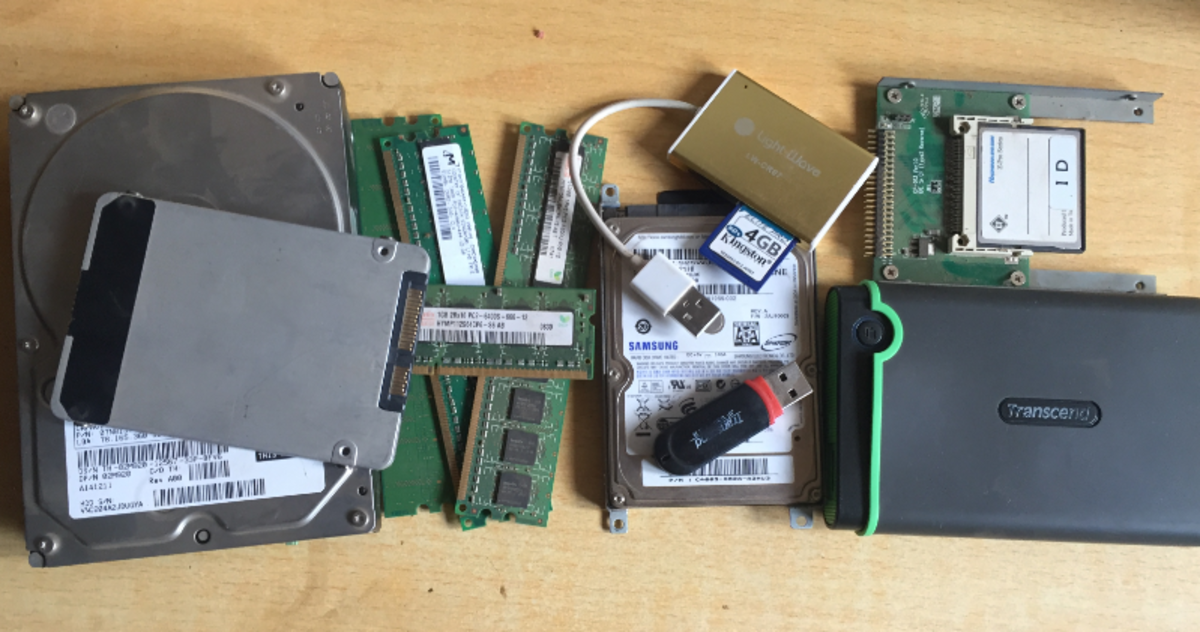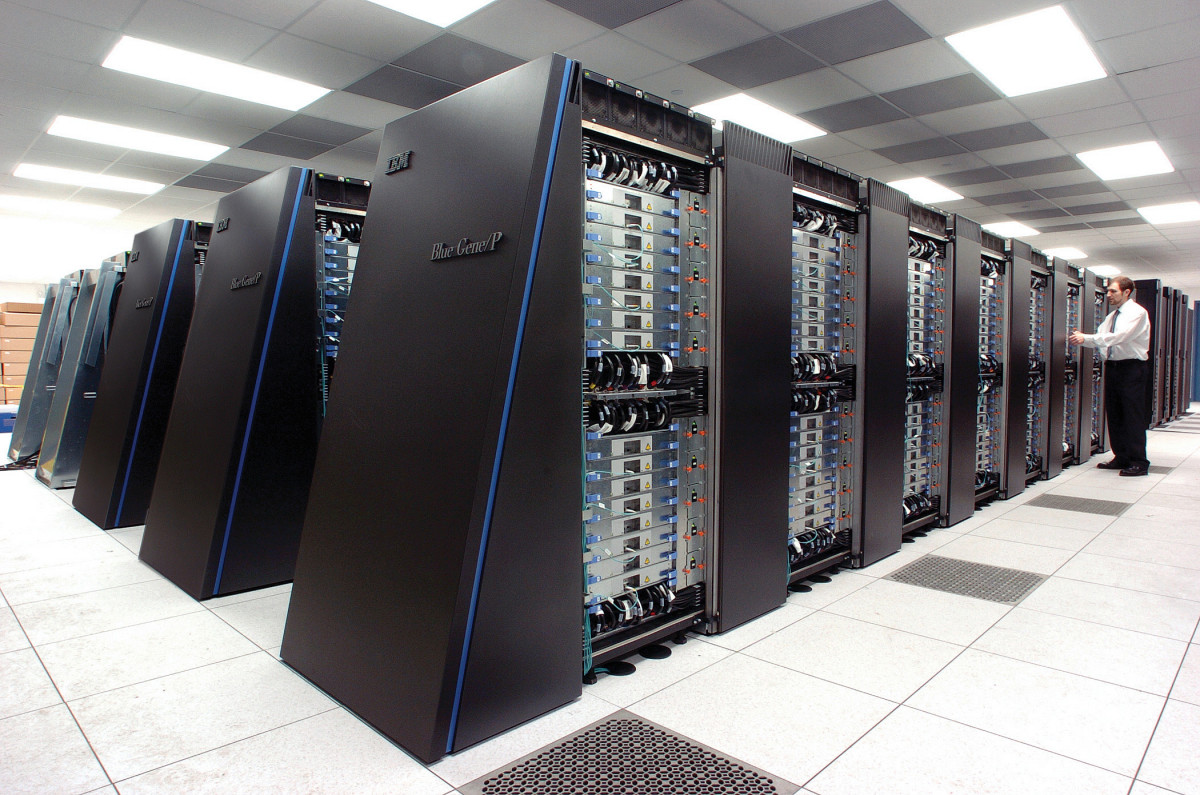An Introduction To Microprocessor; "The Chip Of 1980s"
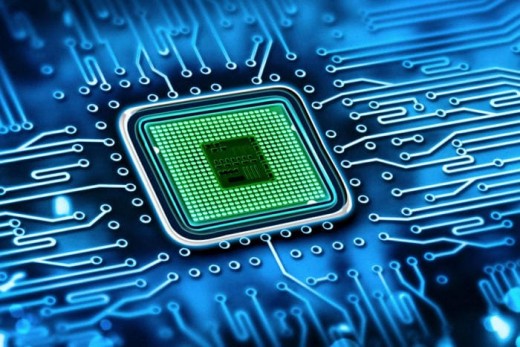
Introduction:
The history of microprocessors can be traced back to early electronic computers using valves as the logic elements for the the Central Processing Unit (C.P.U). These valves consumed a great deal of power giving off a lot of heat. Computers using valves were large in size, costly and unreliable. Later during 1950, transistors replaced the valves, which helped in reducing the computer size. At the same time its power consumption was reduced and the reliability improved.
Manned space flights needed a small computer that gave instant response to many sources of information , in addition to calculating complex mathematical equations. Appearance of integrated circuit (ICs) during the 1960s helped in developing computer for this purpose. This was known as minicomputer. This minicomputer was an powerful as the earlier large machines, but its CPU occupied only two printed circuit boards.
The advent of the microprocessor on one silicon chip, in the early 1970s, brought a revolution in the computer technology. Today, tens of the thousands of electronic element used in integrated circuit can be produced with complete circuit inter-connections, on a chip of silicon, about 1/50 inch thick and about 1/4 inch square. Small size, increased performance, reliability, variety of applications and low cost are the factors behind the impact of microprocessors, which have given new dimensions to the modern micro electronic industry.
Aim:
The aim of this article is to briefly explain the explain the microprocessor commonly known as "Chip" with special emphasis on its applications, importance, its advancement and likely impact on the future military equipment.
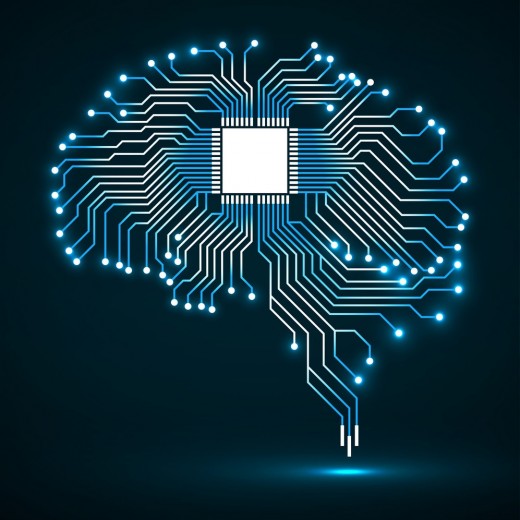
What is Computing Devices and How its Work?
Computing device are primarily machines for doing arithmetic, at a very high speed. For doing this arithmetic, the computing devices have to be "programmed". It can be considered in two parts i-e "Hardware" and "Software". Physical component of a computing devices are known as Hardware where as Software refers to the program which control the operation of the hardware.
Following diagram depict the essential elements of a computer and their mode of working:-

The main store, arithmetic and logic unit and the control unit with a group of registers, from what is called the central processing units (CPU). Surrounding the CPU are the input and out puts unit with backing store known as peripheral units. Some peripheral can provide both input and output such as visual display unit (VDU).
The flexibility and potential of a computing devices depends heavily upon the ingenuity of the software design. Software can even overcome some hardware limitation with the help of techniques called multi programming and multi access. Multi- programming overcome the widely different operating speed of CPU., backing store and other peripheral devices. As CPU works, at least 1000 times faster than other parts of the system, it can sort out many 'programs' in turn, instead of waiting, by switching from one program to next, every time the CPU is interrupted. In multi-access, the capacity of CPU is shared among users, with the help of suitable software.
Microprocessor- Part of a System:
The microprocessor 'chip' is very similar to the CPU of conventional main frame and mini-computers. On its own, the microprocessor chip, does not serve any useful purpose. It needs data and instructions (program) defining the data manipulation. It also requires means to communicate the data to the external. Thus other elements, in the form of input/output circuit and memory for storing data and instruction must be provided, to use a microprocessor system. These elements when combined together, are collectively is known as a microcomputer system. In other words, when CPU is manufactured as a single integrated circuit, It is known as a microprocessor. The importance of a microprocessor lies in the fact that it is versatile and offers a large variety of applications with a few easily made changes to the layout. It, therefore, provides a device which offers great potential in the area of manufacturing applications.
Hardware Vs Software in Microcomputer System:
All microcomputer based system irrespective of the application, require suitable programs, containing instructions, necessary to carry out the required task. The development of suitable programs, particularly applications involving direct interface between microprocessor and production machines, require very considerable effort on the part of skilled programmers. Consequently the software is becoming more and more expensive. In a main frame computing devices, the hardware: software cost ratio was 1:10 which has gone up to 1:100 in case of micro computing devices.
Civil Application of Microprocessors:
Instrumentation: Microprocessor have helped to improve the modern instrumentation, making the job of operators very easy. In future vast majority of instrumentation system will make use of the microprocessor to achieve a certain amount of intelligence with the obvious. For example, in the aircraft, a microprocessor based system has been developed which respond to the verbal instructions of the pilot and broadcasts the requisite information. Thus it saves the pilot from looking at the instrument panel, during the critical moments of the flight operation
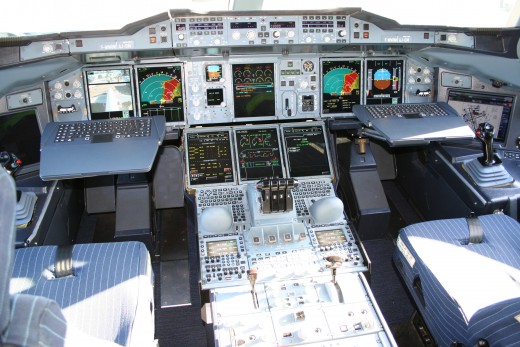
On line Condition Monitoring: Random breakdown of plant or machinery cause huge problems in manufacturing industry. A microprocessor based condition monitoring system, as a part of overall preventive maintenance system, helps in scheduling of maintenance during time periods when no production work is to be carried out. It is also possible to predict the failure of a component by monitoring its condition using suitable sensors. Thus breakdown causing heavy losses to production can be avoided.
Control Systems: Microcomputers are making substantial impact on the control of processes. They are suitable for the flexible direct digital control of process loops, which is not possible with conventional hard wired controllers
Robotic System: Robots are beginning to make a very significant impact on the manufacturing industry. They are presently being used to carry out the routine and simple task normally carried out by unskilled and semi-skilled operators. Microcomputer are ideal for the adoptive control of the robot movements and manipulative actions. With the help of microprocessor based systems is being increased gradually. In the future it will possible for robots to do many tasks, currently considered unsuitable for robot applications.
Military Application of Microprocessor:
The small size and variety of applications of a microprocessor, make it ideal for many weapons and communication systems. The computing power of the newer microprocessors, make it possible to use them in command and control environment where where minicomputers or computing device might have been used previously. Some of these applications are discussed in the succeeding paragraphs.
Artillery:
Computation System: Microprocessor can be extensively used in the artillery computation systems. Three artillery data system, which make use of microprocessors are: FACE (Field Artillery Computer Equipment), BCS (Battery Computer System) and BATES (Battle Field Artillery Target Engagement System).
Sighting System: A major new application of a microcomputer is to compensate for the lack of level of trunnions due to gun plat form tilt. Previously this effect was compensated by mechanical linkage in the gun sighting system. the same function is now performed by Electronic plane conversion (EPC) sight which uses two 8 bit microprocessor for this purpose.
Mortar Fire Control: MORCOS is a microcomputer based mortar fire control system. It is battery powered, small and light and can be used as a hand held unit. The Processor can produce the firing data for upto three mortar fire units at anyone time.
Tactical Data Entry Devices: Microprocessors are used in many digital message devices to store and then transmit lengthy message in bursts and to accept similar incoming messages. Many such devices also incorporate facilities for encryption, so that a degree of privacy is possible even when the message are freely transmitted.
Impact of Microprocessor on the Design of Future Military Equipment:
Future microprocessors are expected to be extremely powerful, and capable of handling more larger data with higher precision. Their power consumption will also be extremely low. The potential of these microprocessor will introduce the evolution of new weapon systems, using advance Automatic Data Processing (ADP) systems. A light but more effective and comparatively cheaper generation of weapons system is likely to be emerge. It's perhaps in the field of communication and logistic systems, where maximum use of the latest microprocessor technology will be made in future.

Conclusion:
Microprocessors have bought a revolution in the microelectronic industry. This versatile invention offering a variety of applications has given new dimensions to computer technology and its utility for future industry and weapon technology. Fixed circuitry of the microprocessor, makes it an ideal chip for mass production, which reduces it cost tremendously. Small size, increased performance reliability and extremely low cost of mass production, are the factors behind the impact of "silicon chip" on the modern microelectronic industry.
Microprocessor have been used extensively in a variety of civil and military applications are being explored and developed every day to further expand the large domain of 'chips'. Future prospects if this technology is very bright. With the appearance of extremely light and powerful microprocessor in future, the microelectronic industry in expected to take long strides and dominate the world market in production and weapon technology.
© 2019 Asad Dillz Khan

